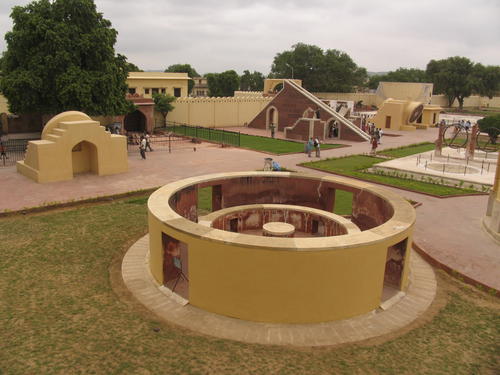- About Us
- Schemes
- Culture Scheme Dashboard
- Scheme of Financial Assistance for Promotion of Art and Culture
- Financial Assistance to Cultural Organizations with National Presence
- Cultural Function and Production Grant(CFPG)
- Financial Assistance for Preservation and Development of Cultural Heriatge of the Himalayas
- Financial Assistance for Development of Buddhist/Tibetan Arts and Culture
- Financial Assistance for Cultural Activities in Performing Arts for Building Grants Including Studio Theatres
- Financial Assistance for Allied Cultural Activities
- Financial Assistance for Promotion of Guru-Shishya Parampara (Repertory grant)
- National Mission on Libraries
- Financial Assistance for Construction of Tagore Cultural Complexes(TCC)
- Scheme of Financial Assistance under Seva Bhoj Yojna
- Scheme of Scholarship and Fellowship for Promotion of Art and Culture
- Museum Grant Scheme
- Scheme for Financial Assistance for Veteran Artists
- Scheme for Promotion of Culture of Science (SPOCS)
- Scheme for Safeguarding the Intangible Cultural Heritage
- Global Engagement Scheme
- Indian Conservation Fellowship Program (ICFP)
- Centenary and Anniversary Celebrations Scheme
- Mission
- ICR
- Commemorations
- CSL
- G20 CWG
- Contact Us
The Jantar Mantar, Jaipur

The Jantar Mantar, Jaipur
Jaipur
The Jantar Mantar, Jaipur, is an astronomical observation site built in the early 18th century. It includes a set of some twenty main fixed instruments. They are monumental examples in masonry of known instruments but which in many cases have specific characteristics of their own. The Jantar Mantar is an expression of the astronomical skills and cosmological concepts of the court of a scholarly prince at the end of the Mughal period.
The Jantar Mantar observatory in Jaipur constitutes the most significant and best preserved set of fixed monumental instruments built in India in the first half of the 18th century; some of them are the largest ever built in their categories. Designed for the observation of astronomical positions with the naked eye, they embody several architectural and instrumental innovations. The observatory forms part of a tradition of Ptolemaic positional astronomy which was shared by many civilizations. It contributed by this type of observation to the completion of the astronomical tables of Zij. It is a late and ultimate monumental culmination of this tradition.
Through the impetus of its creator, the prince Jai Singh II, the observatory was a meeting point for different scientific cultures, and gave rise to widespread social practices linked to cosmology. It was also a symbol of royal authority, through its urban dimensions, its control of time, and its rational and astrological forecasting capacities. The observatory is the monumental embodiment of the coming together of needs which were at the same time political, scientific, and religious.








